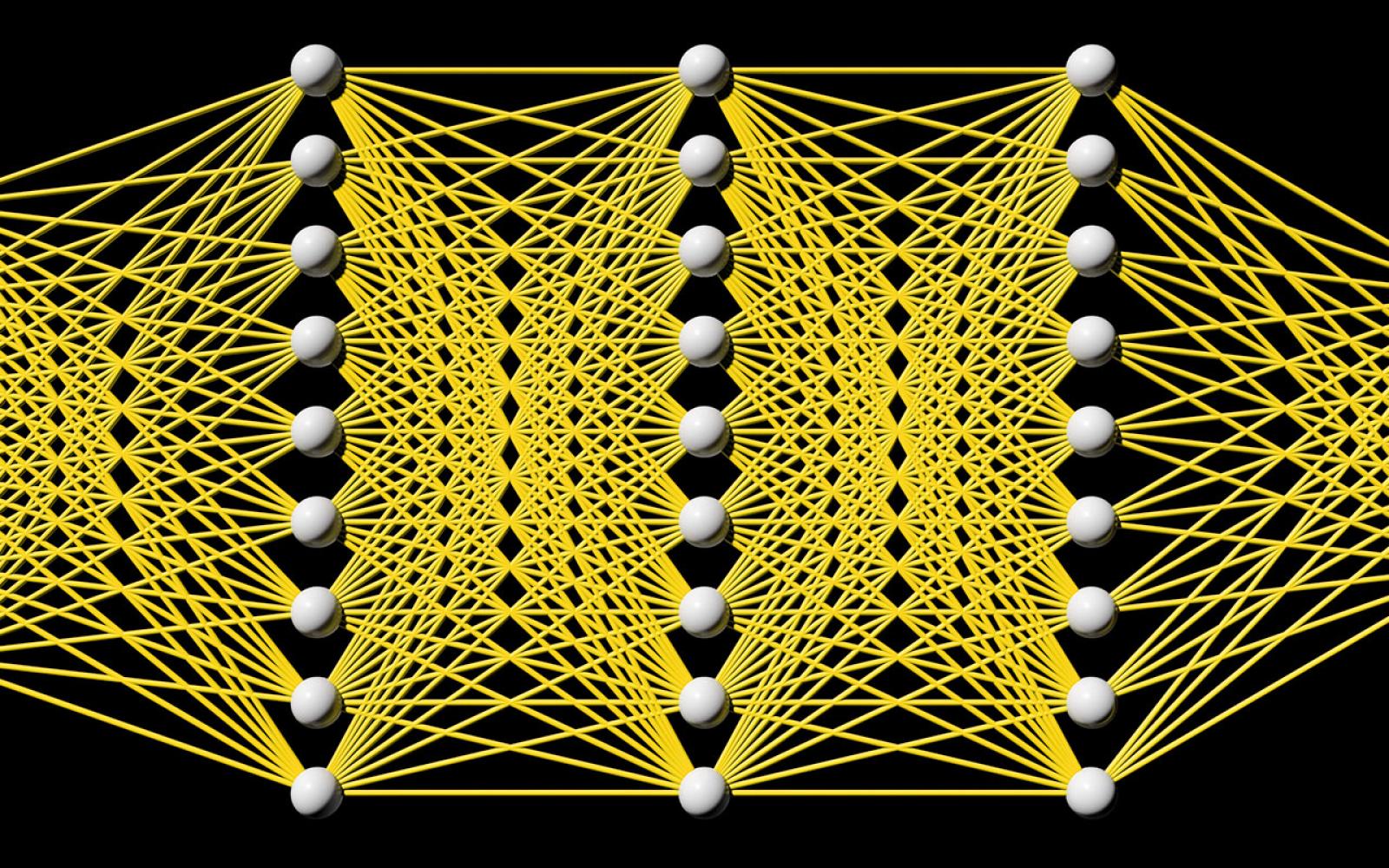Detecting abnormal events in video using Narrowed Motion Clusters.
We formulate the abnormal event detection problem as an outlier detectiontask and we propose a two-stage algorithm based on k-means clustering andone-class Support Vector Machines (SVM) to eliminate outliers. After extractingmotion features from the training video containing only normal events, we applyk-means clustering to find clusters representing different types of motion. Inthe first stage, we consider that clusters with fewer samples (with respect toa given threshold) contain only outliers and we eliminate these clustersaltogether. In the second stage, we shrink the borders of the remainingclusters by training a one-class SVM model on each cluster. To detectedabnormal events in the test video, we analyze each test sample and consider itsmaximum normality score provided by the trained one-class SVM models, based onthe intuition that a test sample can belong to only one cluster of normalmotion. If the test sample does not fit well in any narrowed cluster, than itis labeled as abnormal. We also combine our approach based on motion featureswith a recent approach based on deep appearance features extracted withpre-trained convolutional neural networks (CNN). We combine our two-stagealgorithm with the deep framework using a late fusion strategy, keeping thepipelines of the two approaches independent. We compare our method with severalstate-of-the-art supervised and unsupervised methods on four benchmark datasets. The empirical results indicate that our abnormal event detectionframework can achieve better results in most cases, while processing the testvideo in real-time at 32 frames per second on CPU.
Stay in the loop.
Subscribe to our newsletter for a weekly update on the latest podcast, news, events, and jobs postings.



